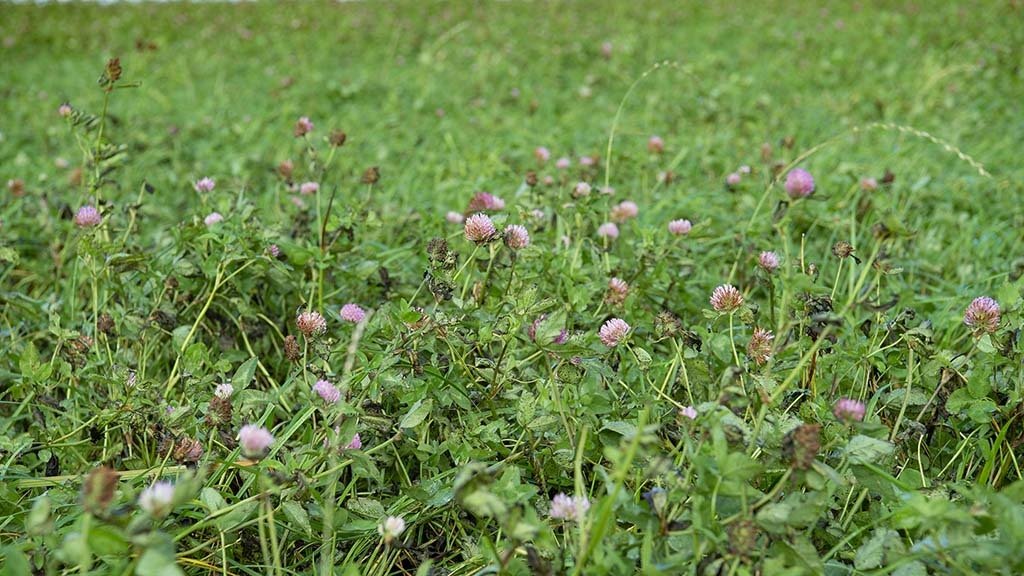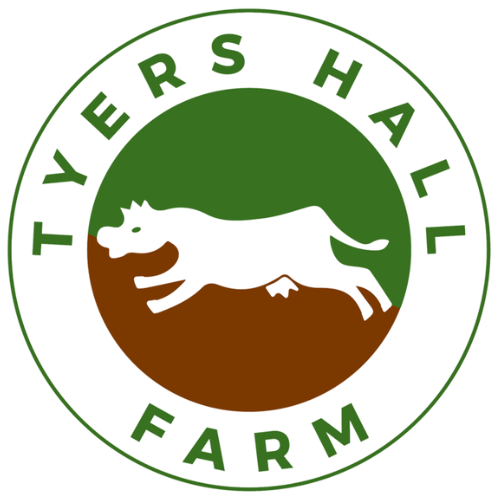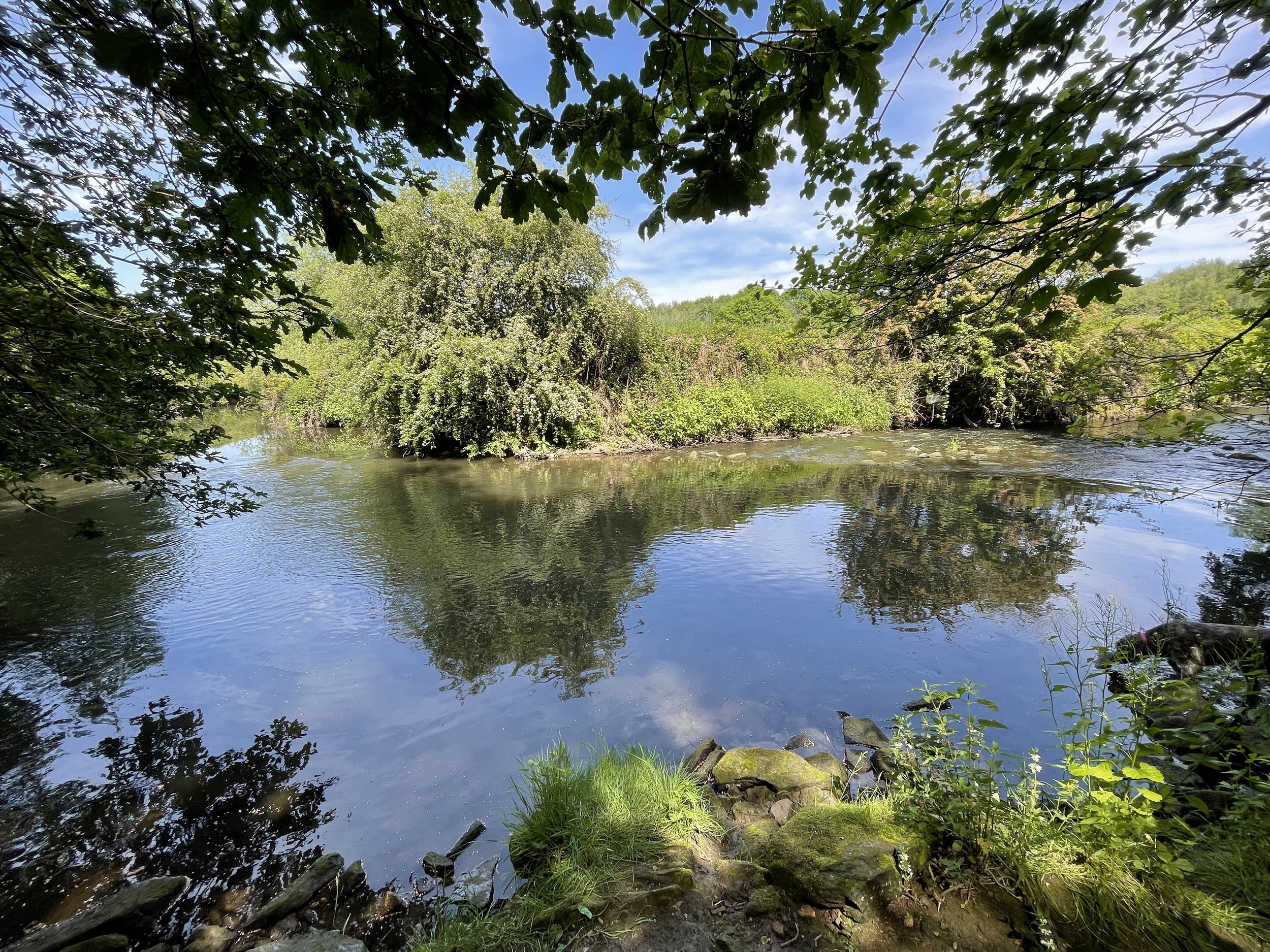
Nature
As farmers we are committed to maintaining healthy soils, sequestering carbon to help fight climate change, protecting water quality and minimising damage to the ecosystem of which we are a part. We believe food production and nature can coexist, and nature friendly farming can also be profitable.
-

BIODIVERSITY NET GAIN
We are creating a habitat bank at Tyers Hall Farm, to provide off site units available for purchase. With the farm having 4km of riverside frontage, we are focusing mainly on riverside fields, many of which are opposite SSSI (Site of Special Scientific Interest) wetland nature reserves. Baseline surveys have been completed and we are now designing future habitats.
The aim is provide significant, connected improvements along the Dearne river corridor, complementing the adjacent nature reserves. This land will will be managed naturally by conservation grazing with our native breed Red Poll cattle, which also encourage ground nesting birds such as lapwing and other waders.
Contact chris@tyershallfarm.com to discuss your requirements - we have 216 grassland, scrub and watercourse units available. We are happy to host farm walks to show the farm’s approach to conservation and where your development site requirements can contribute to this endeavour.
-
Hedgerows
Our farm has miles of hedgerows, many of which were planted by Longley Farm founder Joseph Dickinson in the 1970s/80s. We run a long term cycle of hedge laying, aiming to lay each hedge every 15-25 years. Our hedge laying is managed by experienced craftsman Jasper Prachek, who has worked with Tyers Hall Farm for over 30 years.
Hedges provide a living, thorny fence and are a valuable wildlife habitat. They are also a valuable carbon store, sequestering more per square metre than an average woodland.
As well as managing our existing hedges, we planted 2.3km of new hedgerows in 2022/3 and a further 1km in 2023/4. We continue to explore opportunities to plant more hedgerows, in a way which fits with our farming activities.
Each winter we host the South Yorkshire Hedge Laying Competition, open to both experienced and novice hedge layers. Keep an eye out for our training courses, or contact chris@tyershallfarm.com for more information.
-

Field Margins
Alongside every hedge, we leave a minimum of two metres, which is called a “field margin”. We’re currently increasing this around arable fields to 6 metres, giving more space for wildlife and increasing carbon sequestration.
Field margins, alongside hedgerows, are nature corridors through the landscape. They provide a haven for wildlife, a place to feed, nest and find shelter.
We are grateful for walkers and dogs staying on designated footpaths, which ensures these areas are undisturbed, encouraging breeding success of ground nesting birds like the Grey Partridge.
-
Soil
Soil is the most important element of any farm. We are working to improve the health of our soils by building soil organic matter, which also draws down carbon from the atmosphere. This involves baseline sampling and ongoing monitoring into the future.
-
Woodland
We have over 60 acres of woodland on the farm, some of which is ancient oak woodland with lots of bluebells and wild garlic.
Trees not only play a role in fighting climate change, but also provide wonderful habitat, a source of timber product, and shelter for grazing animals.
In the winter of 2023/4, we planted another 10 acres of woodland compartments, many of which are alongside grazing fields. In time, these will make our farm more resilient in times of unpredictable weather, by giving our cows more options of shade and shelter.
In recent years, we have given our cows access to woodland alongside their grazing areas, in a targeted way and for managed periods of time.
-

Herbal Leys
Some of our grazing area is made up of "herbal leys", which are a a diverse mix of grasses, herbs and legumes for our cows. Legumes fix their own nitrogen, removing the need for fertiliser, and herbs are beneficial for both soil health and animal nutrition. The diversity in these plants feeds the soil with busy root activity and provides food for birds and pollinators.
Whether mown for winter feed for our animals or grazed directly, herbal leys are a valuable part of our rotation and an alternative to regular grass fields.
-
The River
The River Dearne runs alongside a number of our fields and the rain which falls anywhere on our land all makes its way to the Dearne.
The Dearne Valley is home to a number of special habitats and is one of the last strongholds for a rare species of bird, the Willow Tit. In 2021, a series of local wetlands were classified as a Site of Special Scientific Interest (“SSSI”) by Natural England.
We are committed to minimising the impact of our farming activities on local waterways, by being careful where and when we spread manures, along with leaving buffer strips alongside all watercourses.
-

Wildlife Plots
Having entered our first Countryside Stewardship scheme in 2017, we have expanded the area covered by conservation activities. The aim is to increase the area of "unfarmed" habitats (hedges, woodland, field margins and dedicated wildlife habitats) from 10%, to 20%, a journey we are making good progress on.
Farming is changing and since leaving the EU, as a farm we see income from environmental schemes as a key part of being both profitable and sustainable.
The farm has a number of dedicated Wildlife Plots, which provide a haven year round for a number of species, along with a food source through the winter and pollen/nectar for insects during the Spring and summer.
-

Fruit Trees
At the farm we have two orchards which date back to the 1900’s. We have several varieties of apple, damson, pear and crab apple growing in these orchards.
In recent years we have planted Espalier apple trees in our gardens and in 2022 we also planted over 80 mixed heritage fruit trees alongside a public footpaths.
-

Sustainable resource use
We have a 105kW solar PV system on our farm building, generating electricity for use directly on the farm with any excess is sold back into the national grid. We also harvest rainwater from most of our farm buildings, which is used for cleaning buildings, yards and vehicles.
-

Ponds
Ponds and other water sources are a key feature of a healthy landscape, providing drinking water for wildlife and a home for many species.
In 2021 we created 4 ponds in field corners across the farm, as part of a Natural England scheme to encourage Great Crested Newts. These ponds are monitored by Wildscapes, who undertake annual eDNA sampling to monitor the present of this species.
In 2024, we created a wet woodland on part of a former arable field, in order to connect habitats across the wider farm.
-

The Lapwing Scrape project
In 2024, we worked with the Don Catchment Rivers Trust to secure funding for a wetland scrape project to encourage Lapwing breeding success.
Lapwing (Vanellus vanellus) are an endangered, priority species the farm wishes to encourage. They are a stunning, characterful bird, but under numerous pressures and needing help nationally.
Our Lapwing project involved creation of a wet scrape in one of our riverside pasture fields, along with a stone bench and sculpture, from which birdwatchers can monitor ground nesting birds. We also work with local RSPB volunteers, who help us to monitor breeding success.
Lowland grassland with wet features and an open aspect are ideal habitat for lapwing during the breeding season. Lapwing like to try and stay hidden, but with a good view of the area around them to identify any threats.
A scrape is a shallow depression which holds water, with gentling sloping edges which make it easy for wading birds and other species to access the feature. Wildlife use scrapes and surrounding areas for breeding, nesting and foraging.
Our riverside pasture fields are grazed with native breed cattle, who are allowed to walk in and out of the scrape. This helps to prevent trees/scrub from establishing and the cattle hooves create small pools as they poach the ground around the scrape. This puddled ground is valuable habitat.
We hope Lapwing will thrive here and that visitors to the farm enjoy hearing their “peewit” calls.
-

Conservation Awards
Ever since the early efforts of Joseph Dickinson in the 1970s, Tyers Hall Farm has a long history of involvement in conservation, alongside our productive farming activities.
In 2023 we were named finalists in the Yorkshire Agricultural Society's "Tye Trophy" for conservation. In 2024, we won the South & West Yorkshire region for the Tye Trophy.
-

Grey Partridge
There is an old countryman's saying that wild grey partridges are a sign of the health of the countryside.
Once a common sight in the UK, grey partridges are now a red listed, endangered species. A number of groups across the UK are now focusing on recovering numbers, led by the GWCT (Game & Wildlife Conservation Trust) and several estates in the south of England. A group of farmers in High Melton and Cadeby are also making significant progress in this endeavour, leading the way in South Yorkshire.
We are committed to improving the fortunes of this wonderful bird, by targeted measures to provide what it needs in the landscape.
Firstly, grey partridge rely on good thick hedges, with plenty of cover to nest and rear chicks undisturbed on the ground. Secondly, a source of winter feed and cover away from predators. Thirdly, an abundant source of insects to feed their young, which are entirely reliant on insects for at least the first two weeks of their lives.
As we continue to manage our hedgerows, encourage flowering plants across the farm to increase insect numbers, and undertake supplementary feeding in the winter, we hope to increase grey partridge numbers. We are grateful to walkers and dogs for staying to marked footpaths, to minimise disturbance to these ground nesting birds.
https://www.gwct.org.uk/advisory/guides/conserving-the-grey-partridge/




